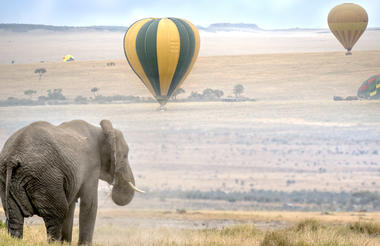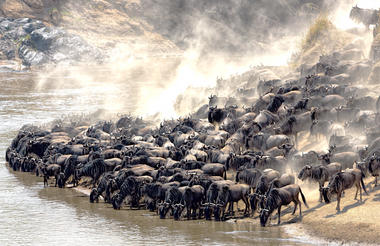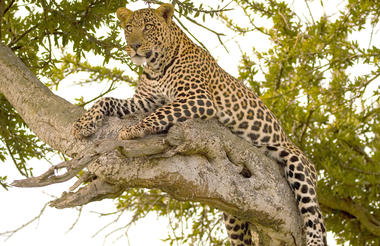Kenya is the most famous destination for safaris in the world for endless reasons, the scenery, the incredible opportunity for viewing all African wildlife in particular the ease in which to see the ‘Big 5’. It is still the best country for adventure travel in Africa; it offers high levels of service; it still offers 'Out of Africa' scenic beauty, diverse cultures and abundant wildlife.
Safari is however, by no means the only reason to visit Kenya, the coastline and tropical beaches are amongst the world’s most beautiful.
Name: The Republic of Kenya
Time Zone: GMT + 3
Capital City: Nairobi, meaning “place of cool waters” in the Maa language
Independence gained on: 12 December 1963 (from Great Britain)
National Language: Kiswahili
Official Language: English
Currency: Kenyan shilling (KES) and cents
Land Area: aprox.586,600km sq
Drives on the: Left
Country Code: + 254
Location
On the Equator on the eastern coast of Africa. Kenya is bordered by Tanzania to the south, Uganda to the west, Somalia and the Indian ocean to the east, Ethiopia to the north and Sudan to the northwest.
Population & People
The population is estimated at 43,500,000 as of 2013.
There are about 52 tribes in Kenya.
Vegetation & Special Natural Features
Kenya is home to the famous Masai Mara game reserve, Mount Kenya and Lake Victoria (the world's second-largest freshwater lake).
The Great Rift Valley, which runs from northern Syria in Southwest Asia to central Mozambique in East Africa, bisects the country from North to South and is dotted with lakes and extinct volcanoes, is one of Kenya's most fascinating physical features.
Kenya’s natural vegetation is diverse. Truly a ‘world within one country’. Tropical rainforests, sandy beaches, snow-capped mountains, desert, wide savannah plains teeming with wildlife, freshwater lakes and salt lakes.
Situated east of Meru, in beautiful Kenya, Meru National Park is one of the most popular parks in Kenya. Covering over 800 square kilometres, this park is wild and beautiful featuring diverse scenery with lush swamplands, thick jungle, vast savannah, and no less than thirteen rivers. Game to view includes some of the less regularly sighted animals like oryx, lesser kudu, duiker, dik-dik and over 300 species of birds have been recorded. It is here that Else the famous lion from the book and movie ‘Born Free’ lived out the latter part of her life and is buried. Visitors can soak up the spectacular views of Mount Kenya, spot game along the Tana River and view the cascading Adamson’s Falls.
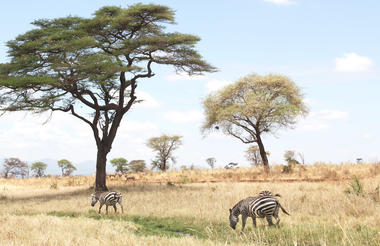
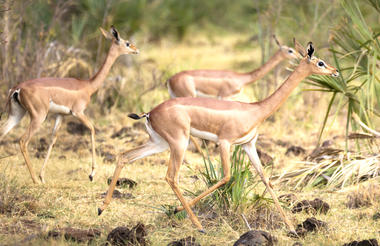
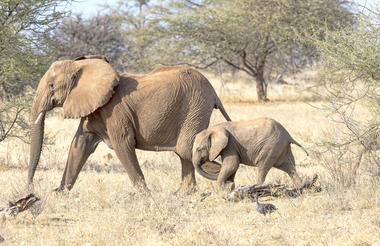
Kalama Community Wildlife Conservancy, an exclusive and collectively-owned 95,000 hectare-large wildlife Conservancy, borders the Samburu National Reserve in Northern Kenya. It also borders Ngutuk Ongiron Group Ranch to the west, Namunyak Community Conservation Trust to the north, and Sera Community Wildlife Conservation to the northeast. Kalama is part of the Northern Rangelands Trust. The Samburu ecosystem is a well-known area in central Kenya comprising of Buffalo Springs National Reserve, Samburu National Reserve, and Kalama Conservancy. The natural environment is arid and semi-arid; open scrub and grasslands with significant environmental variation based on altitude. The area is home to the ‘Samburu Special Five’ – indigenous species only found in this area namely the Beisa oryx, the gerenuk, the Somali ostrich, the Grevy’s zebra, and reticulated giraffe.
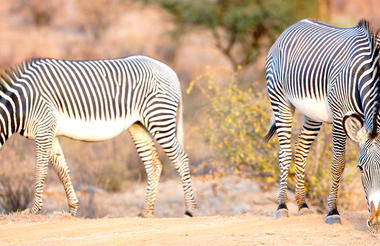
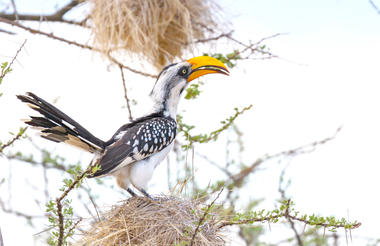

One of Kenya’s most iconic natural wonders, the Masai Mara National Reserve stretches across more than 1500 square kilometres in the country’s southwest. The park shelters a remarkable array of wildlife, including elephant, lion, leopard, and buffalo that roam its savannahs, while crocodile and hippopotamus inhabit the Mara River. Birdwatchers will delight in the presence of more than 450 resident species. Yet the true spectacle is the Great Migration, named one of the Seven New Wonders of the World. Each July to September, roughly 1.7 million wildebeest trek from the parched plains of Tanzania’s Serengeti to the greener grasslands of the Masai Mara, followed by zebra, antelope, and predators such as lion, hyena, and cheetah. The sight, sound, and raw energy of these vast herds are a once-in-a-lifetime experience for any traveller.
